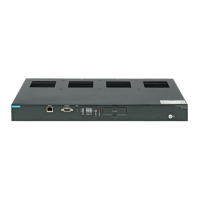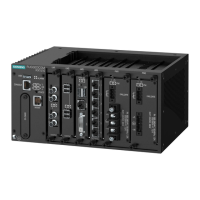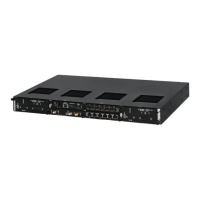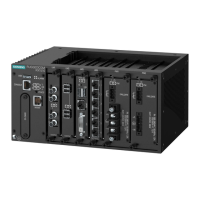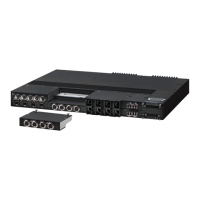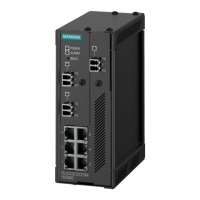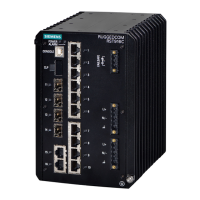RUGGEDCOM ROX II
User Guide
Chapter 5
Setup and Configuration
Configuring the Time Synchronization Settings 279
• The daemon is configured manually with a list of peers to send to
• NTP servers issue advertisements to the daemon on broadcast or multicast address
NOTE
If a firewall is enabled, make sure UDP port 123 is open to send (if the router is an NTP client) or
receive (if the router is an NTP server).
NTP uses UDP/IP packets for data transfer, as UDP offers fast connections and response times, and transfers
them through UDP port 123.
The following sections describe how to configure and manage time synchronization functions:
• Section 5.12.1, “Configuring the Time Synchronization Settings”
• Section 5.12.2, “Configuring the System Time and Date”
• Section 5.12.3, “Configuring the System Time Zone”
• Section 5.12.4, “Configuring the Local Time Settings”
• Section 5.12.5, “Configuring NTP Multicast Clients”
• Section 5.12.6, “Configuring NTP Broadcast Clients”
• Section 5.12.7, “Enabling/Disabling the NTP Service”
• Section 5.12.8, “Viewing the NTP Service Status”
• Section 5.12.9, “Viewing the Status of Reference Clocks”
• Section 5.12.10, “Monitoring Subscribers”
• Section 5.12.11, “Managing NTP Servers”
• Section 5.12.12, “Managing NTP Broadcast/Multicast Addresses”
• Section 5.12.13, “Managing Server Keys”
• Section 5.12.14, “Managing Server Restrictions”
Section 5.12.1
Configuring the Time Synchronization Settings
To configure the time synchronization settings, do the following:
1. Configure the system time and date. For more information, refer to Section 5.12.2, “Configuring the System
Time and Date”.
2. Configure the system time zone. For more information, refer to Section 5.12.3, “Configuring the System Time
Zone”.
3. Configure the local time settings. For more information, refer to Section 5.12.4, “Configuring the Local Time
Settings”.
4. If multicast addresses will be configured for the NTP server, configure the NTP multicast client. For more
information, refer to Section 5.12.5, “Configuring NTP Multicast Clients”.
5. If broadcast addresses will be configured for the NTP server, configure the NTP broadcast client. For more
information, refer to Section 5.12.6, “Configuring NTP Broadcast Clients”.
6. Add remote NTP servers. For more information, refer to Section 5.12.11.2, “Adding an NTP Server”.
7. Add broadcast/mutlicast addresses for the NTP server. For more information, refer to Section 5.12.12.2,
“Adding a Broadcast/Multicast Address”.
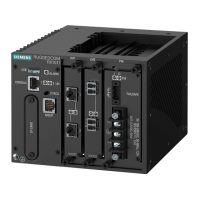
